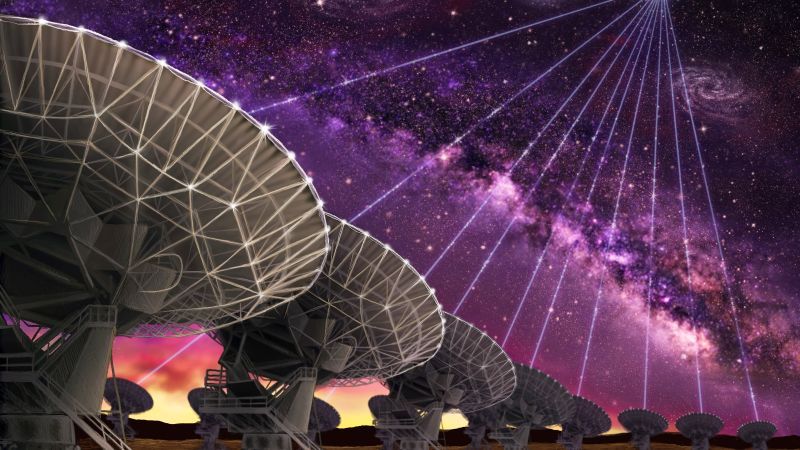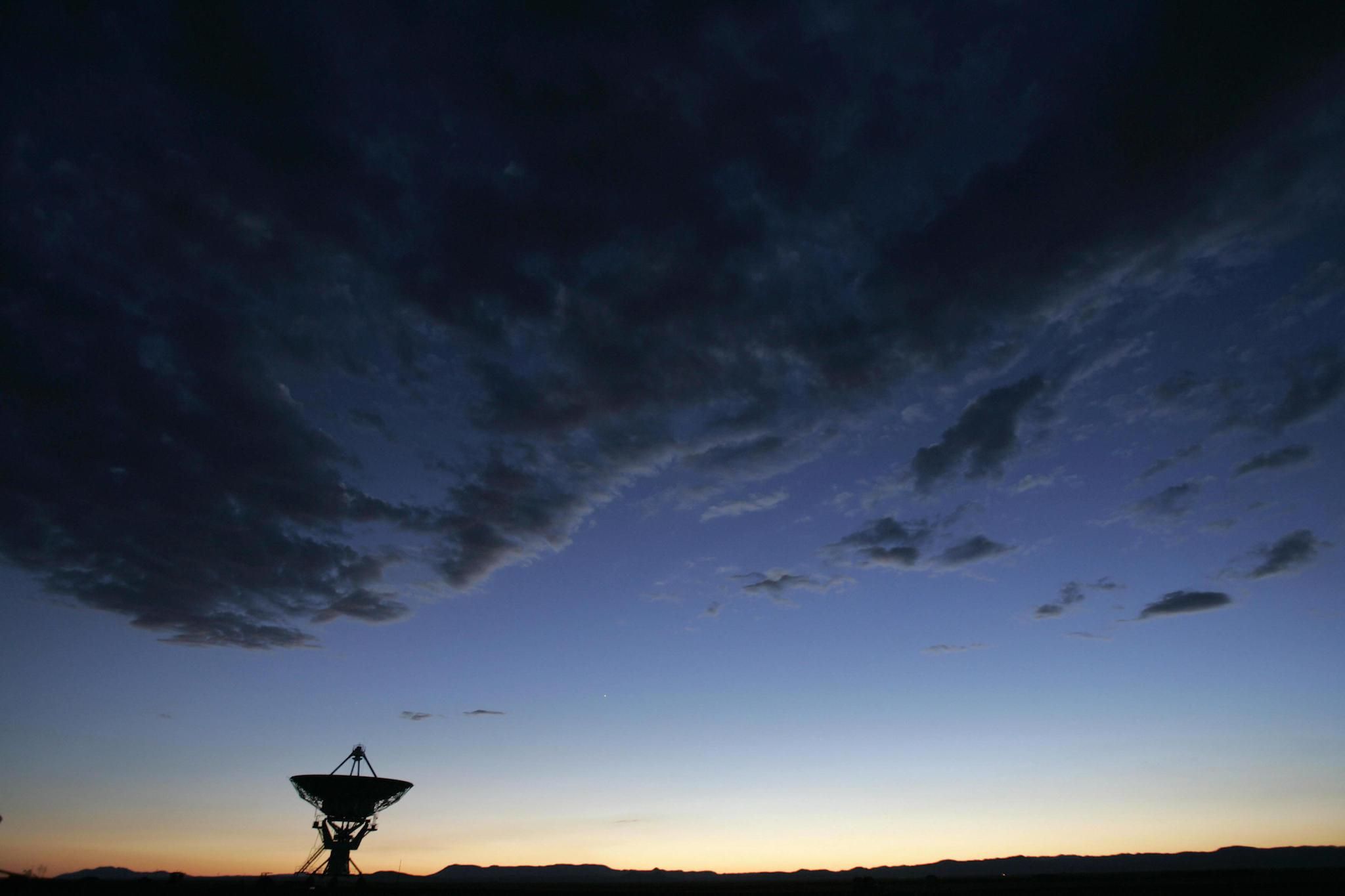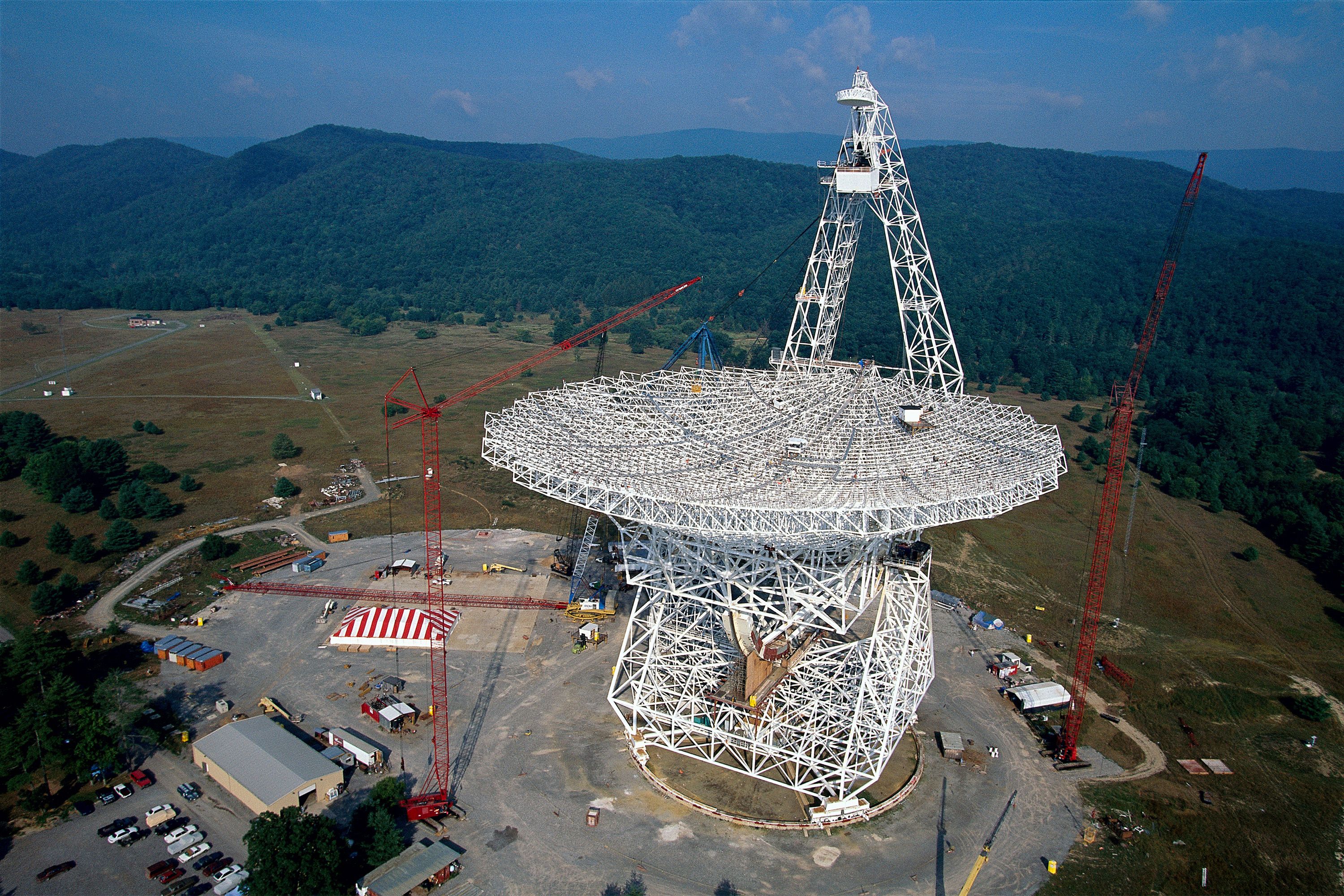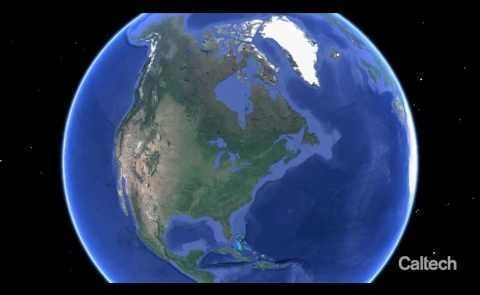Abstract: We examine the possibility that Fast Radio Bursts (FRBs) originate from the activity of extragalactic civilizations. Our analysis shows that beams used for powering large light sails could yield parameters that are consistent with FRBs. The characteristic diameter of the beam emitter is estimated through a combination of energetic and engineering constraints, and both approaches intriguingly yield a similar result which is on the scale of a large rocky planet. Moreover, the optimal frequency for powering the light sail is shown to be similar to the detected FRB frequencies. These ‘coincidences’ lend some credence to the possibility that FRBs might be artificial in origin. Other relevant quantities, such as the typical mass of the light sail, and the angular velocity of the beam, are also derived. By using the FRB occurrence rate, we infer upper bounds on the rate of FRBs from extragalactic civilizations in a typical galaxy. The possibility of detecting fainter signals is briefly discussed, and the wait time for an exceptionally bright FRB event in the Milky Way is estimated.









